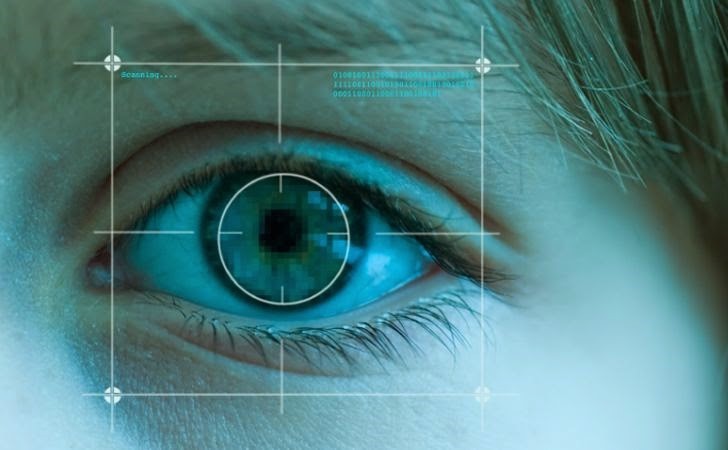Everything you need to know about Google's New Algorithm, Loopholes and limitations
Everything you need to know about Google's New Algorithm, Loopholes and limitations.
Follow poutstation for latest news, gossips, entertainment and much more.
Gönderildi 6 yıl önce içinde teknoloji, güncellenmiş 6 yıl önce.
Artificial Intelligence and Deep Learning is day by day changing our lives to so much extent that one cannot even imagine. 'Machines cannot think and just knows how to follow' has become a myth with these techniques. Today computers and supercomputers are able to do some tasks even more accurately and precisely. Such is the power of algorithms. Machines cannot be better than medical professionals can but they can definitely make their tasks easier and faster.
Google is successful in developing an algorithm (with the help of their health-tech subsidiary) which analyzes the eye-scan of a person and by data, science can derive some result. The chances of cardiovascular disease/heart attack can be known, the blood pressure and age can be derived. This process is known as risk stratification. It saves so much time by eliminating the need for a blood test. For now, before the implementation in the real life it needs some en after more tests and after that they re successful then it would be implemented. There are many calculators for the same like SCORE.

How can an eye-scan predict this?
The main reasons of heart attacks are hypertension retinopathy (The damage in the eyes due to increased tension), cholesterol emboli (CRAO used to know blockage in heart or artery) can be known from eyes. They conducted research on thousands of patients having and not having any past cardiac history. The result that an eye can be the mode of prediction is based on the previous research. In simple words, our eye is the conveyer of overall health. When the algorithm was initially tested it was able to differ correctly (the one with risk and one normal) by retina images.
How does this algorithm work?
Lily Peng, a part of Google brain team said that the algorithm uses the whole image and compares it to the image having high risk and thus, by comparison, will be able to deduce the result, She explained further that they have used attention techniques to make computer know which part is important to compare and detect the risk.
What is doctor's reaction to this news?
Harlan Krumholz, a cardiologist at Yale University said that this may be a really rapid way to scan risk for people. He also said that diagnosis is very important in cardiovascular problems so it would be better to have some benefit from technology.
Another medical researcher, Luke Oakden-Rayner, from the University of Adelaide who specializes in machine learning analysis, told The Verge that the work was solid, and shows how AI can help improve existing diagnostic tools. He explained that developers are using data that’s been captured for one clinical reason and getting more out of it than researchers practically do and rather than replacing doctors, it can be of great help to doctors.
The loopholes and limitations of this algorithm.
Everything in the development stage has its limitations. This algorithm is just 70 % efficient even after analyzing data and retina images of 30,000 people. The algorithm was also not able to detect the accurate age of the patient to some extent. It was unable to detect whether the patient is a smoker, diabetic or not. Yes, that is true. Even if the problem is in the initial stages then even doctor cannot diagnose it, but there he would recommend a blood test or any other test. The algorithm needs more and more data of various kinds so that it learns to analyze the scan with different approaches just like the humans do. That’s really what the Artificial Intelligence is all about. Another challenge that Google may come across it to gain the confidence of doctors of their particular product whenever they may implement it in the future, after all, wrong or inaccurate diagnosis may lead to some unwanted circumstances for the doctor as well as their patients.
It is a start of something epic.
Yes, just the development of one such algorithm can lead to many new research interests among the developers and researchers in the IT field. More and more involvement of safe technology can be done into the health industry which will eventually increase the efficiency of doctors and nurses. Not only that if the diagnosis system (for common diseases) can become more accurate and analytical then half of the work of doctors would be minimized to just confirming the diagnose done by the system. That could be a vast step for researchers of Artificial Intelligence. The collaboration of health and technology in only those situations where the computer can be relied on can change the outlook of doctor and the people toward health industry.







